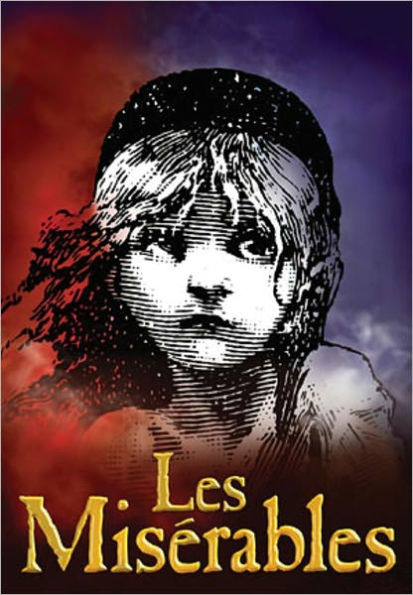Dear Literary Lady, What are some literary misconceptions that drive you crazy? –L.I., Fort Collins, CO Dear L.I., To be honest, not a lot of literary misconceptions grate on me all that much. Part of it is because I know I have plenty of misconceptions of my own, literary or otherwise. The other part is […]
Chris Bohjalian is the author of a slew of addictive books, from The Light in the Ruins, to The Sandcastle Girls, to The Night Strangers. Today marks the arrival of his latest novel, Close Your Eyes, Hold Hands. In it, protagonist Emily Shepard is a homeless teenager, orphaned by a cataclysmic event that may have been caused […]
Ready or not, comics and graphic novels are taking over the world. Superhero movies stand at the forefront of the blockbuster ranks. The Walking Dead is one of the most watched shows on television, and Arrow and Agents of S.H.I.E.L.D. are close behind. The Sandman, Elfquest, and many other comics have had their film rights bought up, and a sequel to 300 hits theaters […]


